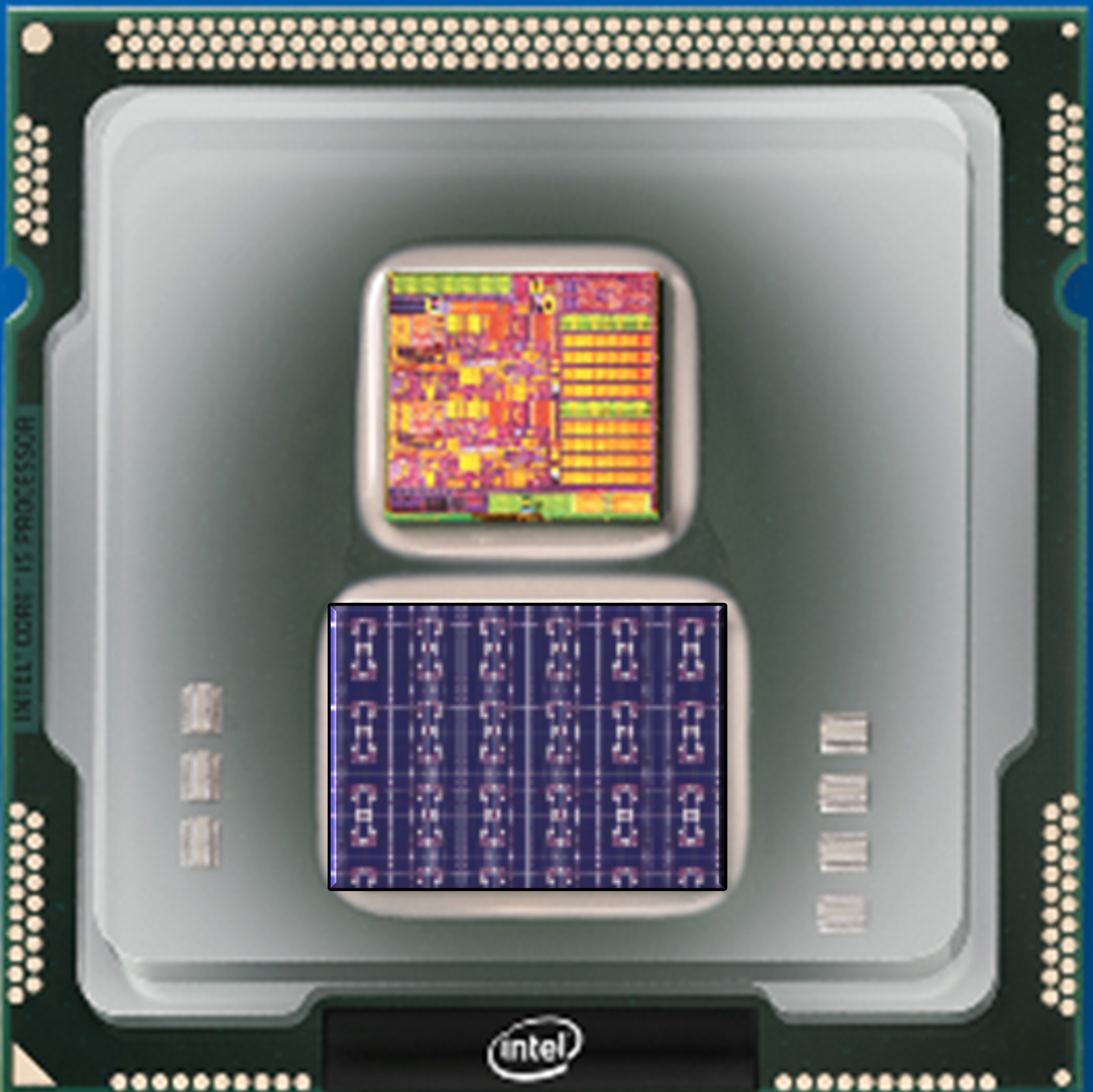Intel’s new ‘Loihi’ chip mimics neurons and synapses in the human brain
September 29, 2017

Loihi chip (credit: Intel Corporation)
Intel announced this week a self-learning, energy-efficient neuromorphic (brain-like) research chip codenamed “Loihi”* that mimics how the human brain functions. Under development for six years, the chip uses 130,000 “neurons” and 130 million “synapses” and learns in real time, based on feedback from the environment.**
Neuromorphic chip models are inspired by how neurons communicate and learn, using spikes (brain pulses) and synapses capable of learning.
The idea is to help computers self-organize and make decisions based on patterns and associations,” Michael Mayberry, PhD, corporate vice president and managing director of Intel Labs at Intel Corporation, explained in a blog post.
He said the chip automatically gets smarter over time and doesn’t need to be trained in the traditional way. He sees applications in areas that would benefit from autonomous operation and continuous learning in an unstructured environment, such as automotive, industrial, and personal-robotics areas.
For example, a cybersecurity system could identify a breach or a hack based on an abnormality or difference in data streams. Or the chip could learn a person’s heartbeat reading under various conditions — after jogging, following a meal or before going to bed — to determine a “normal” heartbeat. The system could then continuously monitor incoming heart data to flag patterns that don’t match the “normal” pattern, and could be personalized for any user.
“Machine learning models such as deep learning have made tremendous recent advancements by using extensive training datasets to recognize objects and events. However, unless their training sets have specifically accounted for a particular element, situation or circumstance, these machine learning systems do not generalize well,” Mayberry notes.
The Loihi test chip
Loihi currently exists as a research test chip that offers flexible on-chip learning and combines training and inference. Researchers have demonstrated it learning at a rate that is a 1 million times improvement compared with other typical spiking neural nets, as measured by total operations to achieve a given accuracy when solving MNIST digit recognition problems, Mayberry said. “Compared to technologies such as convolutional neural networks and deep learning neural networks, the Loihi test chip uses many fewer resources on the same task.”
Fabricated on Intel’s 14 nm process technology, the chip is also up to 1,000 times more energy-efficient than general-purpose computing required for typical training systems, he added.
In the first half of 2018, Intel plans to share the Loihi test chip with leading university and research institutions with a focus on advancing AI. The goal is to develop and test several algorithms with high efficiency for problems including path planning, constraint satisfaction, sparse coding, dictionary learning, and dynamic pattern learning and adaptation.
“Looking to the future, Intel believes that neuromorphic computing offers a way to provide exascale performance in a construct inspired by how the brain works,” Mayberry said.
* “Loihi seamount, sometimes known as the ‘youngest volcano’ in the Hawaiian chain, is an undersea mountain rising more than 3000 meters above the floor of the Pacific Ocean … submerged in the Pacific off of the south-eastern coast of the Big Island of Hawaii.” — Hawaii Center for Volcanology
** For comparison, IBM’s TrueNorth neuromorphic chip currently has 1 million neurons and 256 million synapses.
